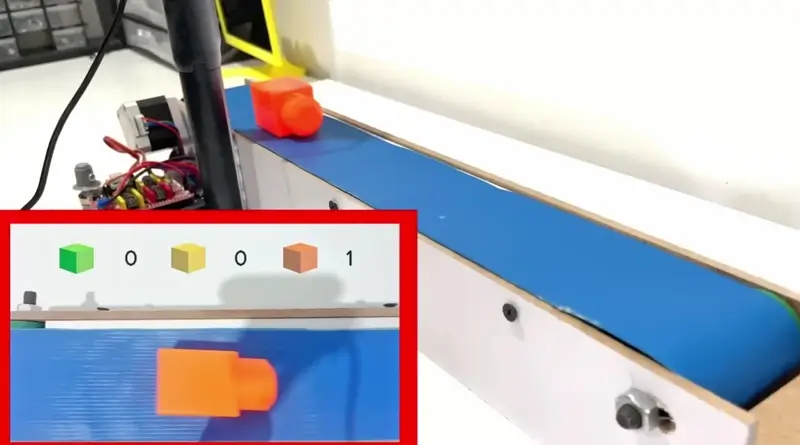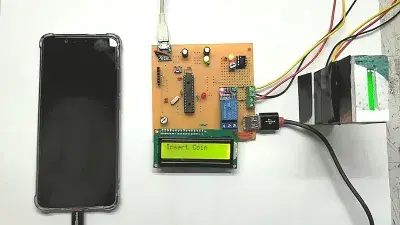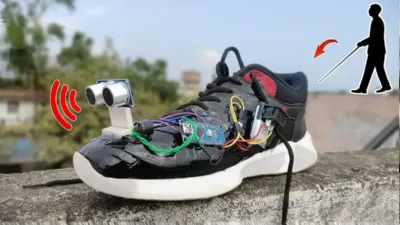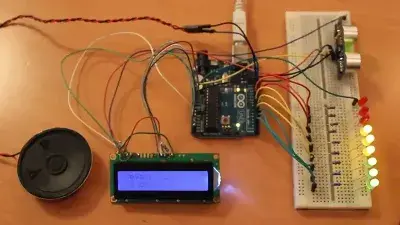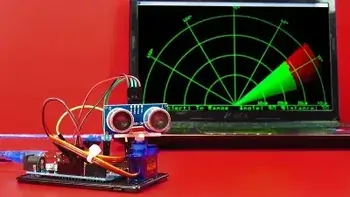Introduction
Welcome to the future of automation! Our Computer Vision Object Detection and Control System seamlessly blend cutting-edge technology with user-friendly design. Developed using OpenCV for precise object recognition and Arduino for real-time control, this project is a game-changer for college students, educators, and industries alike.
The Computer Vision Object Detection and Control System represent a groundbreaking integration of OpenCV for image processing and Arduino for real-time control. This project focuses on developing a robust system capable of accurately detecting and categorizing objects based on their colors using computer vision techniques.
1.2 ObjectivesM
Develop a computer vision system using OpenCV for real-time color detection of objects on a conveyor belt.
Integrate Arduino for real-time control and implement an intelligent mechanism for object sorting.
Establish reliable serial communication between a laptop (Python code) and Arduino Nano for dynamic control and monitoring.
Key Features
1. Accurate Object Detection
Immerse yourself in the world of high-precision object detection. Our system is engineered to identify objects of specific colors - orange, yellow, and green - with unparalleled accuracy. Perfect for applications demanding meticulous sorting and categorization.
2. Real-time Communication
Experience the power of real-time communication between your laptop and Arduino Nano. Serial communication facilitates dynamic control and monitoring, ensuring a responsive and customizable user experience.
3. Automatic Counting
Efficiency meets innovation with our automatic counting feature. The system keeps a real-time tally of detected objects as they traverse the conveyor belt, providing invaluable data for analysis and optimization.
4. Intelligent Control Mechanism
Implement intelligent control with Arduino integration. When an object of an unrecognized color is detected, the system activates a buzzer, alerting the operator. Simultaneously, the conveyor belt halts, preventing errors and ensuring a smooth sorting process.
Applications
- Educational Projects
Ideal for students and educators, this project offers an immersive learning experience in computer vision, image processing, and embedded systems.
- Industrial Automation
Elevate your manufacturing processes with intelligent object detection and sorting capabilities. Enhance efficiency and reduce errors in industrial settings.
- Research and Development
Serve as a robust platform for developing and testing new automation algorithms and control strategies. Drive innovation in research and development projects.
What's Included
Comprehensive Documentation: An easy-to-follow guide and codebase for quick understanding and customization.
All Necessary Hardware Components: Including Arduino Nano, sensors, and a high-quality conveyor belt.
2. System Architecture
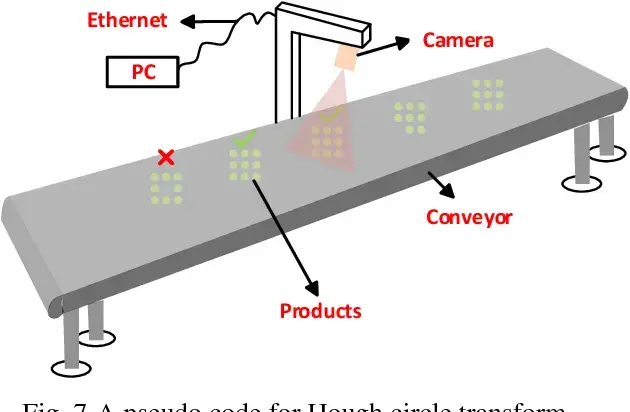
2.1 Hardware Components
Arduino Nano: The microcontroller responsible for real-time control and coordination.
Conveyor Belt: The platform on which objects are placed and moved for detection.
Buzzer: Triggered in case an unrecognized color is detected.
Serial Communication Setup: Facilitates communication between the laptop and Arduino Nano.
2.2 Software Components
OpenCV: Utilized for real-time image processing and color detection.
Python Script: Controls the overall system, interfaces with OpenCV, and sends commands to Arduino Nano.
Arduino Code: Implements the control mechanism based on received commands and controls the conveyor belt and buzzer.
3. System Workflow
Color Detection: OpenCV processes the live video feed from the conveyor belt to identify and categorize objects based on their colors in real-time.
Real-time Communication: The Python script communicates with Arduino Nano through serial communication, sending instructions and receiving status updates.
Control Mechanism: Arduino Nano triggers the buzzer and stops the conveyor belt if an object with an unrecognized color is detected.
4. Results
The Computer Vision Object Detection and Control System demonstrated high accuracy in identifying and categorizing objects based on color using OpenCV. The real-time communication between the laptop and Arduino Nano ensured seamless control and monitoring, with the system responding promptly to changes in the environment.
6. Conclusion
The successful integration of OpenCV and Arduino in the Computer Vision Object Detection and Control System showcases its potential in the realms of automation and artificial intelligence. The system's accuracy, real-time responsiveness, and ease of integration make it a valuable asset for educational, industrial, and research purposes.

